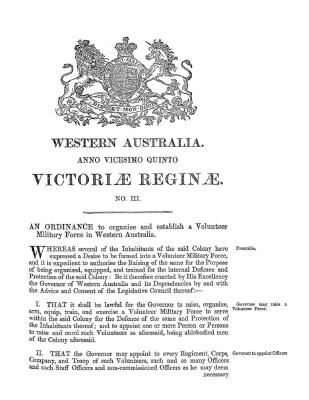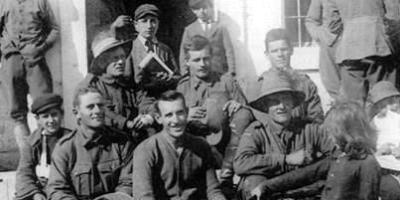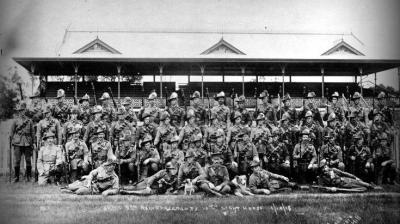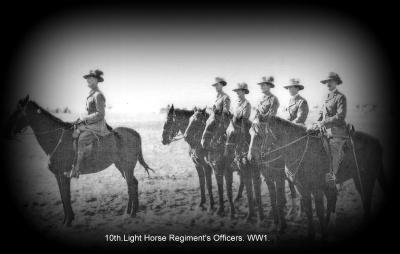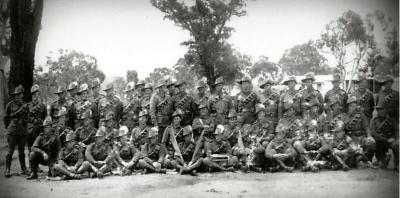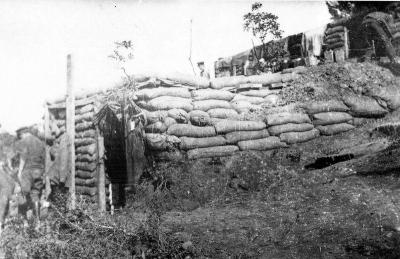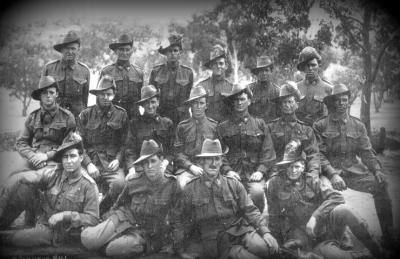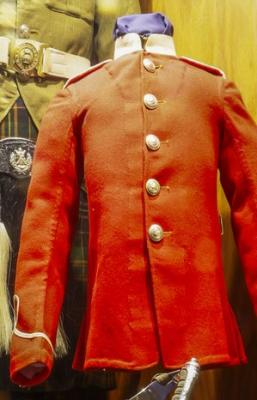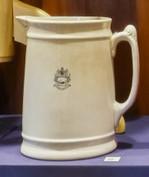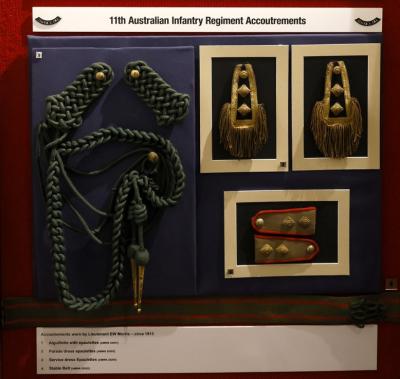Artillery Barracks Garrison Sentry Box (Selfie Backdrop)
Backdrop for Selfie of soldier standing in front of Army Museum Sentry Box.
the uniform itself is the standard uniform for colonial troops, with the scarlet tunic with white metal buttons and blue / black trousers with the 1/2-inch red stripe down each of the outside trouser seams. On the bottom of the sleeves and on the epaulettes and around the collar is the unit facings (unit colour) in this case Green. At the bottom of the left sleeve above the cuff is a marksman badge awarded for successfully completing in Regimental shooting competitions and on the right sleeve above the cuffs are three (3) Proficiency stars indicating that the soldier has been proficient in attending training with the unit and each star is one year of efficient service. The four leafed patch above the Sgt's stripes is another efficiency badge. The Sergeant's stripes are silver on black in line with colonial units and as a Seargent. he is entitled to wear a scarlet sash, indicating Infantry. It is worn over the right shoulder to the left side held in place by the with waist belt. The belt is the standard belt for troops with the unit buckle in the centre front and on the left hip is where the bayonet frog is worn. As he is on parade one of his ammunition pouches is worn on the back in the centre.
The boots are the standard infantry boots as issued to all colonial troops of that period , along with the black leather gaiters , which were secured by a buckle at the top and cloth loops at the top , centre and bottom of the gaiters .
The White helmet is the overseas version of the home pattern helmet worn by British troops, both Regular and Colonials troops throughout the Empire in the Mid to late 1800s.
The Helmet plate is a copy of the plate worn by Infantry in Western Australia from 1895 and is white metal with a black swan in the centre , 5 stars at the bottom of the centre circle with the word ""VIGILANS"" at the top of the circle , at the top of the badge is a Guelfic crown instead of the normal Victorian Period crown (sometimes called a Queen Victoria Crown).
At the top of the helmet is a white metal spike, for an Infantry unit. The reason for the white metal is because within in the British military system, regular troops wore brass insignia and buttons and Territorials & Colonial troops wore white metal, and a white metal chin chain/strap is normally worn.
The medal worn on the left side of the tunic is the Volunteer Long Service Medal, which later became the Efficiency medal, and was awarded for 20 yrs service in the Volunteer forces and has Queen Victoria's head on the front.
The Rifle he has is the Martini - Henry rifle, .450 calibre, 1874 - 1889, 3 band rifle. The 3 band was carried normally by Corporals and below, as Sergeants and /Colour Sergeants carried 2 band rifles. The rifle is fitted with the standard Martini - Henry socket bayonet first issued in 1874 and has fitted a white leather sling. The leather equipment are part of the Valise equipment worn by infantry troops from 1870 to 1894.
Details
Details
Australian Army Museum of Western Australia
Australian Army Museum of Western Australia
Other items from Australian Army Museum of Western Australia
- Pre 1914, Western Australia, Volunteer Force Ordnance 1861
- World War 1, South West Asia, Palestine, 10 Light Horse, 1917
- World War 1, Western Australia, Greenmount, 10 Light Horse
- World War 1, Western Australia, 10 Light Horse, 1915
- World War 1, Western Australia, Blackboy Hill Camp, 10 Light Horse, 1915
- World War 1, Europe, Eastern Mediterranean, Gallipoli, Anzac Cove, 10 Light Horse, 1915
- World War 1, Western Australia, Blackboy Hill Camp, 10 Light Horse, 1918
- Pre 1914, Fremantle Rifle Volunteers, BIRCH, 1895
- Pre 1914, 2nd Anglo-Boer War, 360 MORRISON, and BULLOCH, 1900
- Pre 1914, No 2 Cadet Corps Tunic, 1899
- Pre 1914, 2 Quart Jug with WA Armorials, 1900
- Pre 1914, MORRIS, 11 Australian Infantry Regiment Accoutrements. 1903 - 1911
